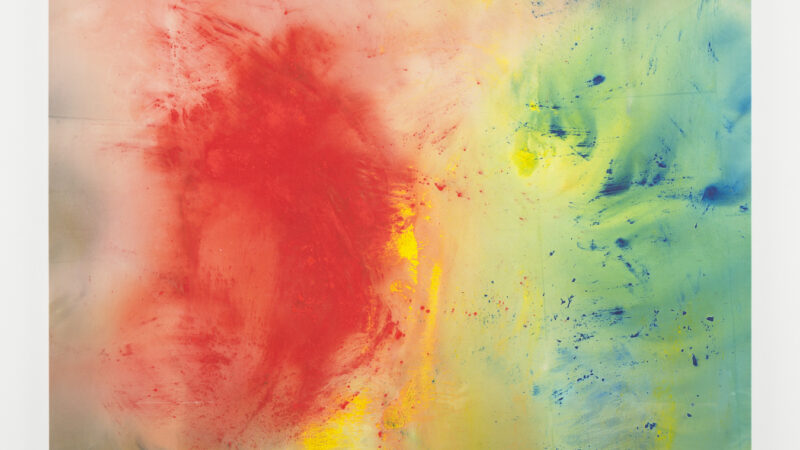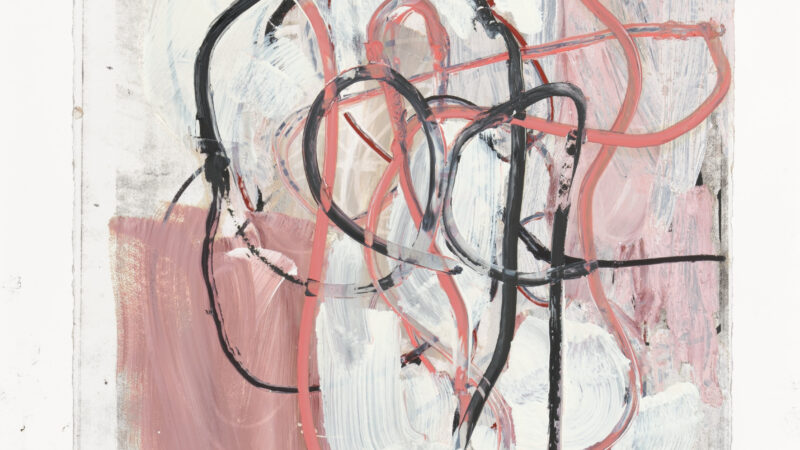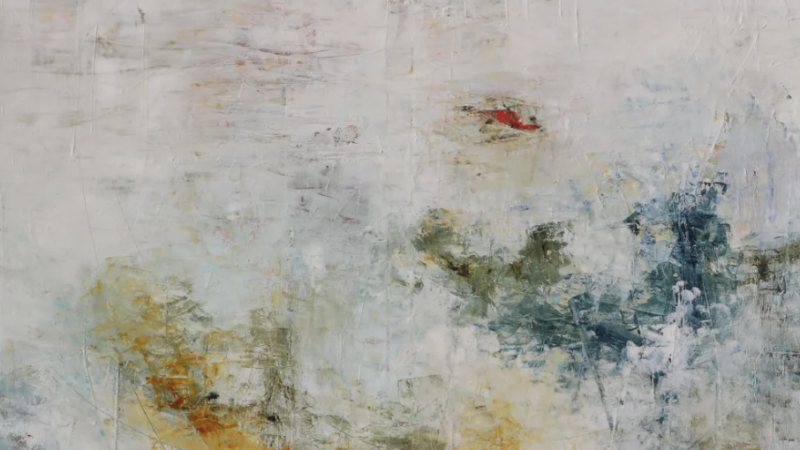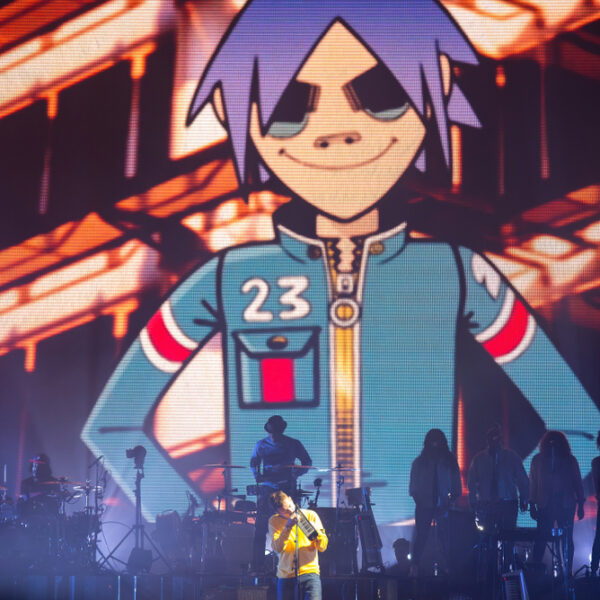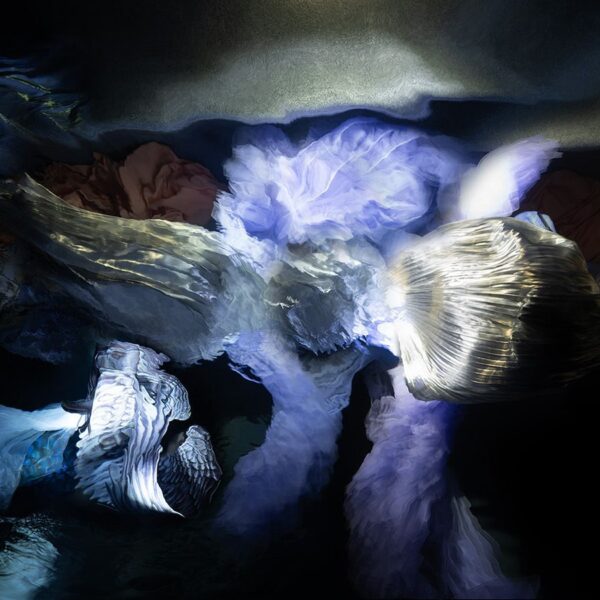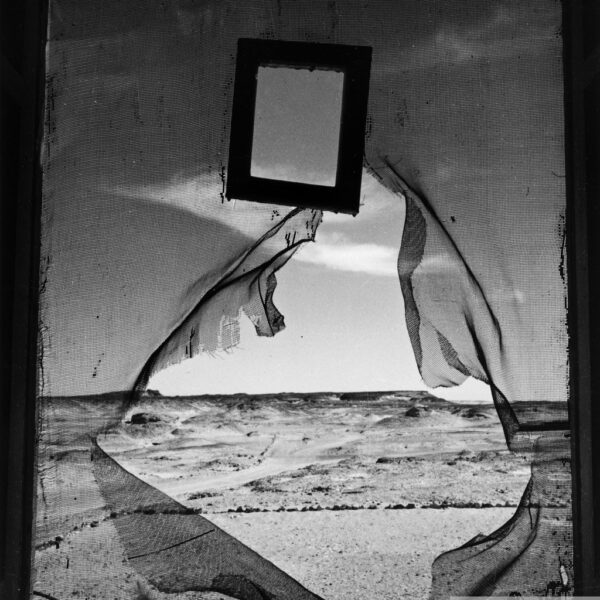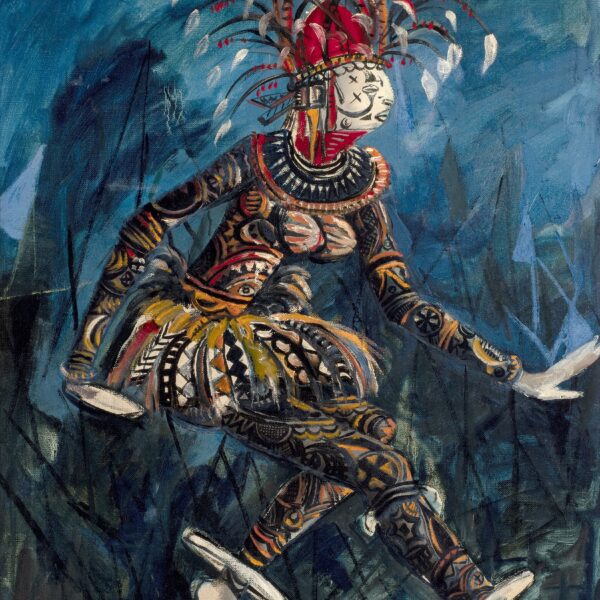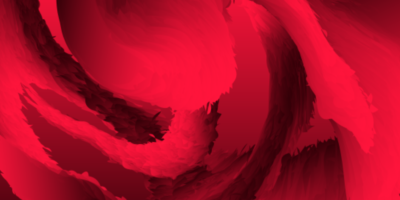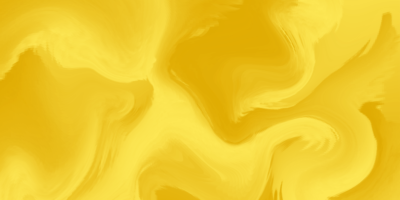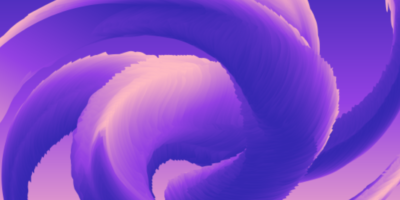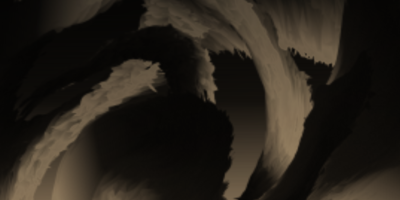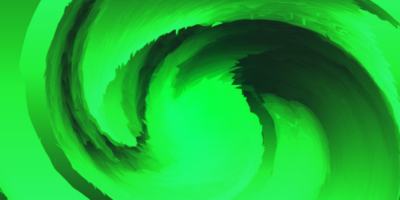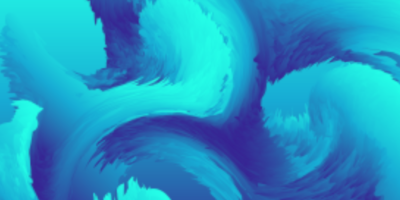The Impossible Existence of a Mathematician
“Art is something so broad that nobody can define it, and that’s why there’s so much that goes on in the name of ‘art’ – the subject of art almost becomes an excuse. Art is very undefinable, and this is the danger. But for me, art is something more than just ‘this action’ or ‘this meaning’, and it’s that something that turns a work into a work of art. Particularly with contemporary art, there’s a certain ‘anything goes’, so what becomes important is that you have to believe in the artist. It probably has more to do with integrity and seriousness of whoever’s doing something. But really believing in the artist – that’s a rare thing.”
Untitled II, 2009-12
Francisco de Corcuera has been immersed in art since childhood, studying in Chile, New York, Madrid, and Stockholm. Born in Chile in 1944, his fascination with human existence, literature and music naturally integrated itself into his art which consequently conveys a dynamic, conceptual quandary. ‘The Impossible Existence of a Mathematician’ is his first U.K. solo exhibition – the title alone a subtle allusion to this theoretical interrogation of the world and everything within it.
On the day of our interview, Corcuera greets me with such enthusiasm and vibrancy that I conflictingly feel comfortable, intrigued, and overwhelmed. Clad in a yellow waistcoat and tweed jacket, a handkerchief tucked neatly into the pocket, he speaks with a deliberate intent to convey complex, wordless ideas with a verbal clarity and calculated emphasis. Occasionally, as he pauses deep in thought, it is as if you can see each inner thought swimming in the radical ocean of his mind.
Untitled V, 2012
What is instantly apparent is that Corcuera is a man of opinions with a naturally challenging mentality that philosophically questions the unresolvable. Surprising, perhaps, but what shapes Corcuera’s large-scale paintings is precisely this scientific questioning. On his philosophical preoccupations, he explains, “What I really like about contemporary philosophy is that in essence, it is language, but language in the real sense of the word.
I also see paintings as a sort of language, and when something is a language, there’s no room for mystical extravaganzas – that’s too misleading.
The nurturing of his logical mind-set – and subsequent artistic inspiration – stems from artists, writers and philosophers spanning across several movements and decades – “My interests jump from Velasquez to John Singer Sargent, T S Eliot to Sebald, but of course, one of my greatest influences is the father of [all philosophers] – Ludwig Wittgenstein.”
Untitled XVII, 2011
The combination of profound contemplation and candid expression is a prevalent element throughout Corcuera’s work. Spread across two floors of the gallery, their vastness and detail demand more than just your visual acknowledgement – what’s equally important here is a viewer’s psychological alertness. On the first floor, his series of black paintings hang strikingly against the white walls, insistently “thought provoking” in palette and alive with depth. The line work and dimensionality of painted objects appear like the mechanical skeleton of an old clock, and in some ways, convey the inner ‘clockwork’ of Corcuera’s mind. Around the corner hangs a captivatingly vibrant painting, the vivid blue counteracted by dashes of equally electrifying purple beside clouds of semi-opaque white – a stark contrast to the severity of his ‘black paintings’ series.
Untitled VII, 2012
But Corcuera also found inspiration closer to home. “My father was a great mathematician and logician,” he says, “so he has certainly influenced the way I work, although in a different way. But my family is also very musical, and the thing about harmonies – in more than just a musical sense – is that it’s something one can almost touch. And what’s rather interesting is that numbers are very logical, but geometry is not logical, being associated with space and so forth. It’s not as rigid and stiff as it looks. But when everything hangs in balance, that is when something becomes harmonious.”
A sense of ‘harmony’ is visible throughout his paintings despite their initially bewildering abstraction – lines cross and re-cross; curves hook around, through, under; circles are complete, unfinished, fragmented. And yet everything is set in a perfectly uniform equilibrium, creating a sense that if perhaps one line were to be removed, the rest of the image would tilt off the canvas and the entire painting would cease to exist.
Interestingly, Corcuera has been working on this style of painting for roughly forty years – but not for a lack of inspiration. “We all have the same story,” he says, “but what happens is we tell it in different ways. It’s the same for me within art. One generally does the same painting over and over again with modification, but the difference is it’s my story. Even some very important artists – Picasso, for instance – he only had three ‘stories’ throughout his career, with the Blue Period and so forth. But this doesn’t necessarily mean that he was inventing them in as much as he had three ways of seeing. This way, is mine.”
Litany #2, 2005
His process itself begins by constructing an exceedingly complex grid of geometric lines, curves, shapes and symbols upon which he paints freely with oil or acrylic. “One has a structure,” he points out, “and within that structure you find a field to work with which you continue to develop, subconsciously or consciously.” Beginning with a primed ‘optical grey’ canvas, Corcuera placed objects like business cards and tape directly onto the canvas itself.
But his fascination with achieving magical illusions through artistic techniques encouraged him to paint in the style of ‘trompe l’oeil’, creating the realistic effect of objects rising above and beyond the canvas. Through a gradual process of elimination and development, the incorporation of the abstract element became increasingly fluid and free with the evolution of each painting. Corcuera takes a similar ‘logical’ approach to abstract art itself – somewhat paradoxically. “It has to look and be credible to affect a viewer’s intuition in some way,” he explains. “Unfortunately, with abstract painting in particular, the moment it doesn’t convey or convince, it becomes something else. Nobody is really interested in a private person’s expressions, particularly anymore, so it has to remain lucid and serious in some way.”
Untitled XIV, 2010
Downstairs hang a collection of more muted paintings, enlivened by growths of yellow, blue, and white that explode across the canvas like powdered chalk. While the colours remain passive, their movement and placement upon the canvas is alive and defiant, scattered through lines and crater-like structures that add depth and structure to the entire painting, becoming akin to an artistic entity. “My work can’t be anything else but what it is,” Corcuera points out. “Whereas most paintings look like ‘paintings’ or even ‘photographs’, I want to convey something more than this.” This linguistically inexplicable ‘it’ that inspires Corcuera throughout all his work is comprehendible through thought; it is an essence, a ‘something’ that somehow leads to thinking.
Untitled III, 2009
Through complexity, talent and thought, Corcuera has created a series of works that evoke a sense of enlightenment and introspection in the viewer that is impossible to disregard. Like their creator, each painting is rich with intellectual vigour, securing attention that they undoubtedly deserve. “The idea with all my work is that they are something you can call ‘objects for meditation’,” he muses. “If you take the trouble to sit in front of these paintings, first you might be bothered, irritated, or anything; but if you really take the trouble to think, “What is this?” it might trigger something that makes you a bit more aware. If it does make you aware – even of nothing in particular – that’s enough.
Perhaps it’s a sort of awareness of not being aware, more than anything.
We’re just beginning to understand things, I believe. So to become conscious of this world that we know nothing about, not even including the cosmic…that’s part of what I hope to communicate.”









